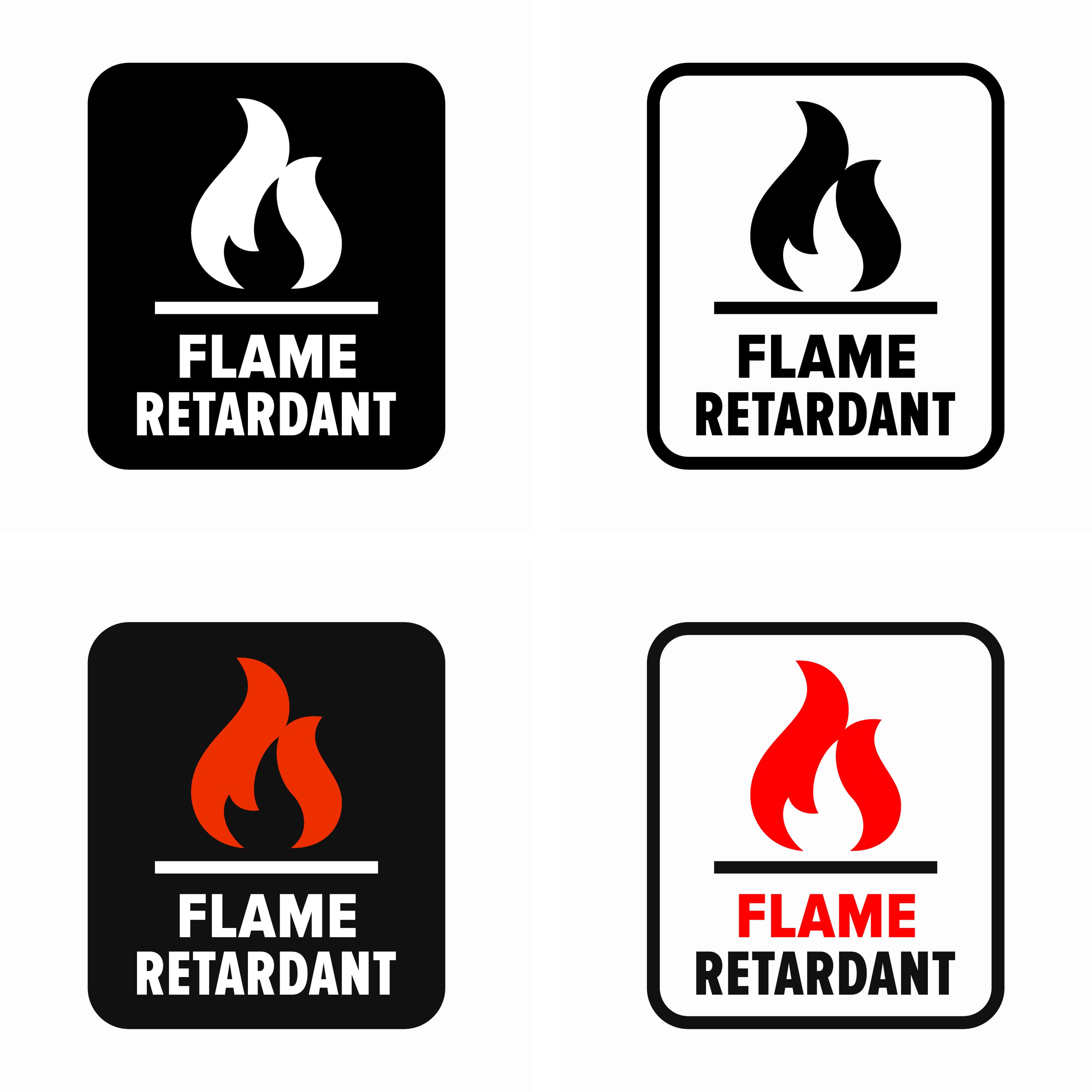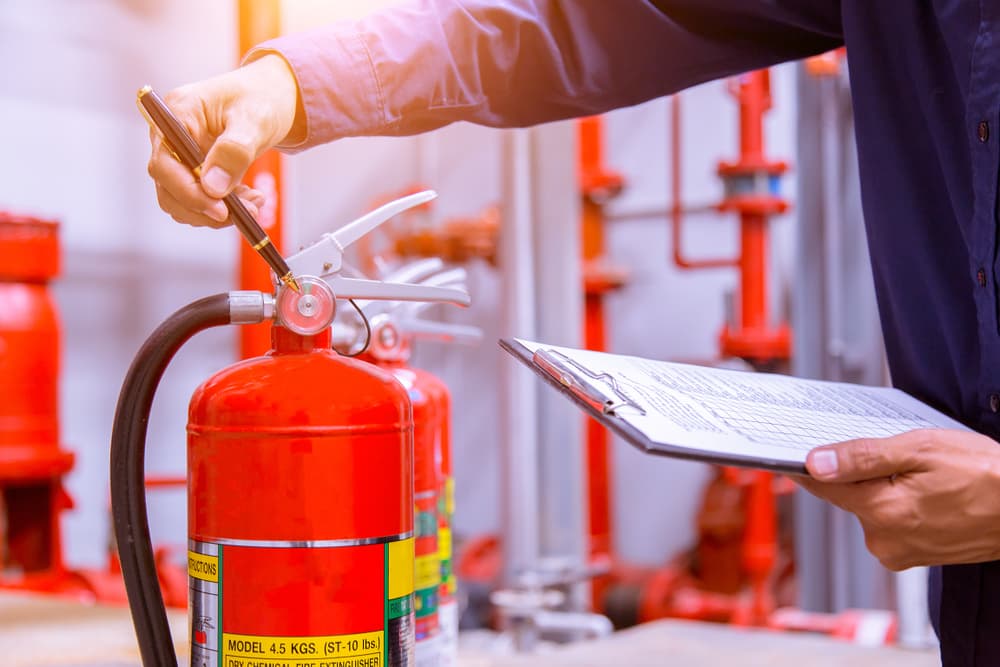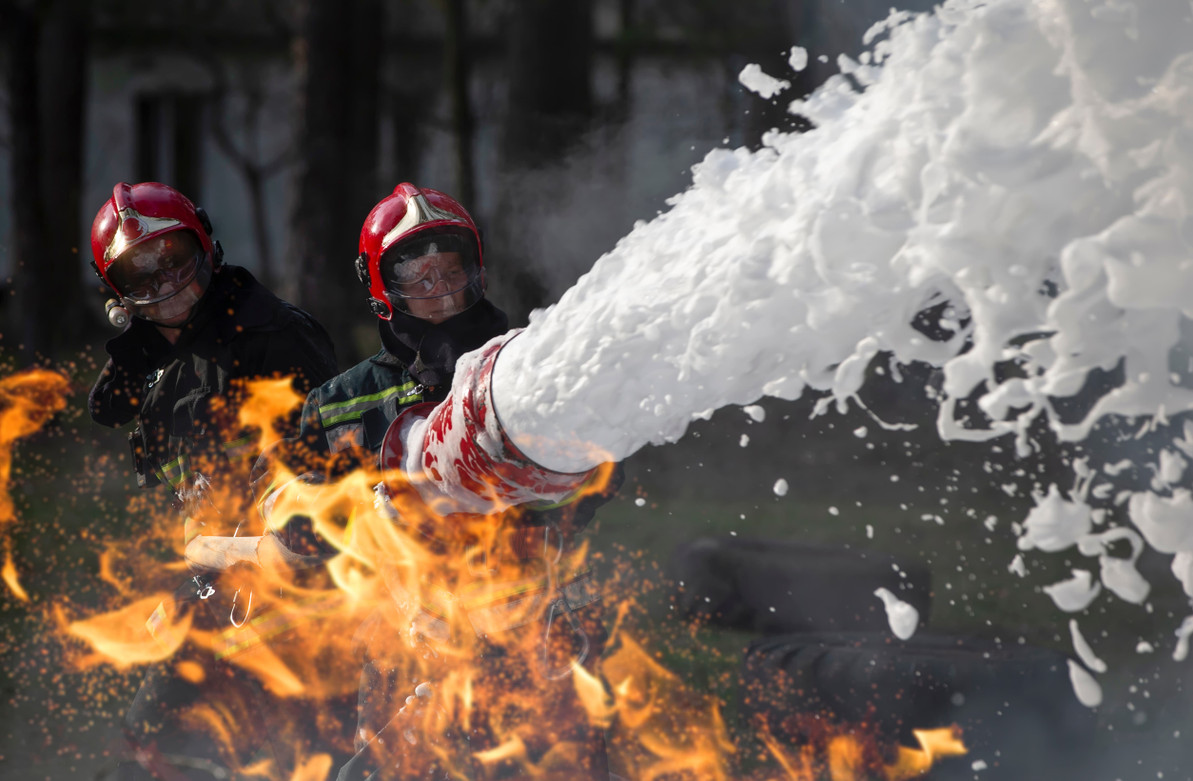Fire Retardants and Your Health
A fire retardant's primary function is to either slow down, stop a fire's spread, or lower the intensity of an existing fire. Most frequently, this is accomplished by chemical reactions that reduce the flammability or slow the burning of fuels. The fire retardant can cool the fuel through endothermic chemical reactions and physical action.
When added to certain items, flame retardants can be beneficial, but a growing body of research shows that when these chemicals are exposed to animals and people for extended periods of time, many of these compounds can have harmful impacts on their health. These comprise:
- Thyroid and endocrine dysfunction
- Consequences for the immune system
- Reproductive toxicity
- Cancers
- Detrimental effects on the development of the fetus and child
- Neurologic function

Is Fire Retardant Toxic?
So, is flame retardant toxic? If you’re constantly exposed to it, it can be. Flame retardants are a group of chemicals applied to furniture, electronics, and construction materials to reduce the risk of fire. Researchers have linked flame retardants to cancer, hormonal disturbance, and neurological impairment.
Some flame retardants pose a serious threat because they bioaccumulate in human bodies, triggering a cascade of adverse effects as the chemicals reach increasingly high concentrations in the bloodstream and other organs. In this regard, firefighters face a greater danger of experiencing these negative outcomes.
Are Flame Retardant Products Safe?
Yes, a crucial component of fire safety is the use of flame retardants. The U.S. Environmental Protection Agency (EPA) and other governmental organizations are responsible for reviewing flame retardants. The EPA recognized about 50 flame retardant chemicals as unlikely to endanger human health while examining data on these substances. The EPA must evaluate any new flame retardant substances used in the United States.
 Fire Resistant Chemicals
Fire Resistant Chemicals
Flame retardants come in a plethora of varieties. They are frequently divided into groups according to their chemical composition and characteristics. Whether a flame retardant contains bromine, chlorine, phosphorus, nitrogen, metals, or boron will determine what category it falls under.
Brominated Flame Retardants (BFRs) and Chlorinated (CFRs)
Halogens like chlorine and bromine can be used as flame retardants. Halogenated flame retardants are used to protect plastics and textiles. Tetrabromobisphenol-A (TBBPA) is another halogenated flame retardant used to produce printed circuit boards and is found in plastic casings covering electrical and electronic parts.
Phosphorus flame retardants (PFRs)
Phosphorus is used in organic and inorganic flame retardants, both liquid and solid. These types of flame retardants are often used in polyurethane foams for insulation, mattresses, and furniture. Furthermore, phosphorus is frequently used in fire-resistant coatings and flexible polyvinyl chloride (PVC). In electronics and high-temperature plastics, it's used to make switches, connectors, and casings.
Nitrogen-based flame retardants (NFRs)
Nitrogen-based flame retardants are found in nylons, polyolefins, polyurethane foams, as well as fire-resistant paints, fabrics, and wallpaper.
Inorganic flame retardants and mineral compounds
Several inorganic and mineral compounds are mixed with bromine, phosphorus, or nitrogen as flame retardants or elements of flame retardant systems. Inorganic substances include nitrogen, graphite, silica, ammonium, and polyphosphates. Mineral compounds include phosphates, oxides, hydroxides, aluminum, zinc, and magnesium.
Combined with other elements, inorganic and mineral compounds can help produce fire-safe plastic, foam, textile, and wooden products.
Find What You Need With RDR Technologies
RDR Technologies offers a wide range of fire retardant sprays, paints and coatings, fire suppressants, and other specialty chemicals. We strive to provide the industry's premier solutions for each given substrate or code requirement.
We have partnered with the nation's leading fire retardant producers to provide you with a convenient one-stop shop for all your fire safety needs. In addition to our BanFire brand of sprays, powders, and paint formulations, we also stock various high-quality items from multiple manufacturers.
Read Next
Is It Possible to Make Wood Fire Resistant?
Learn Why Are Christmas Trees Sprayed With Fire Retardants
What Is in Fire Retardants Dropped From Planes?
Fire vs. Materials: Is Leather Fire Retardant?
Fire vs. Materials: Is Polyester Flame Retardant?
Recent Posts
-
How to Stop Wildfires
Wildfires pose a significant threat to both human life and the environment, causing extensive damage …Jul 10th 2024 -
How Often Do Wildfires Occur
Wildfires are a natural phenomenon that have shaped landscapes for millions of years. However, in re …Jul 10th 2024 -
Where Do Wildfires Occur?
Wildfires, powerful and often destructive natural events, occur worldwide, fueled by various factors …Jul 10th 2024




